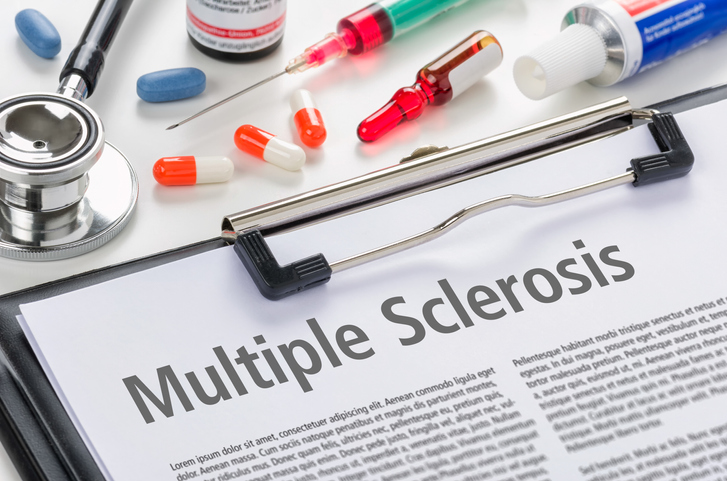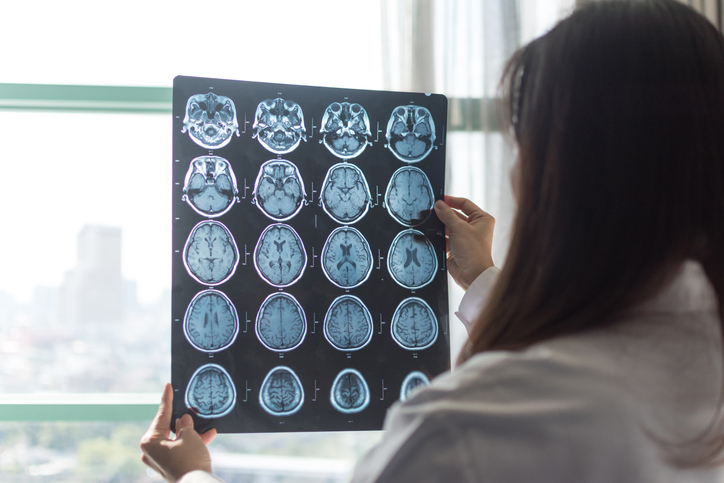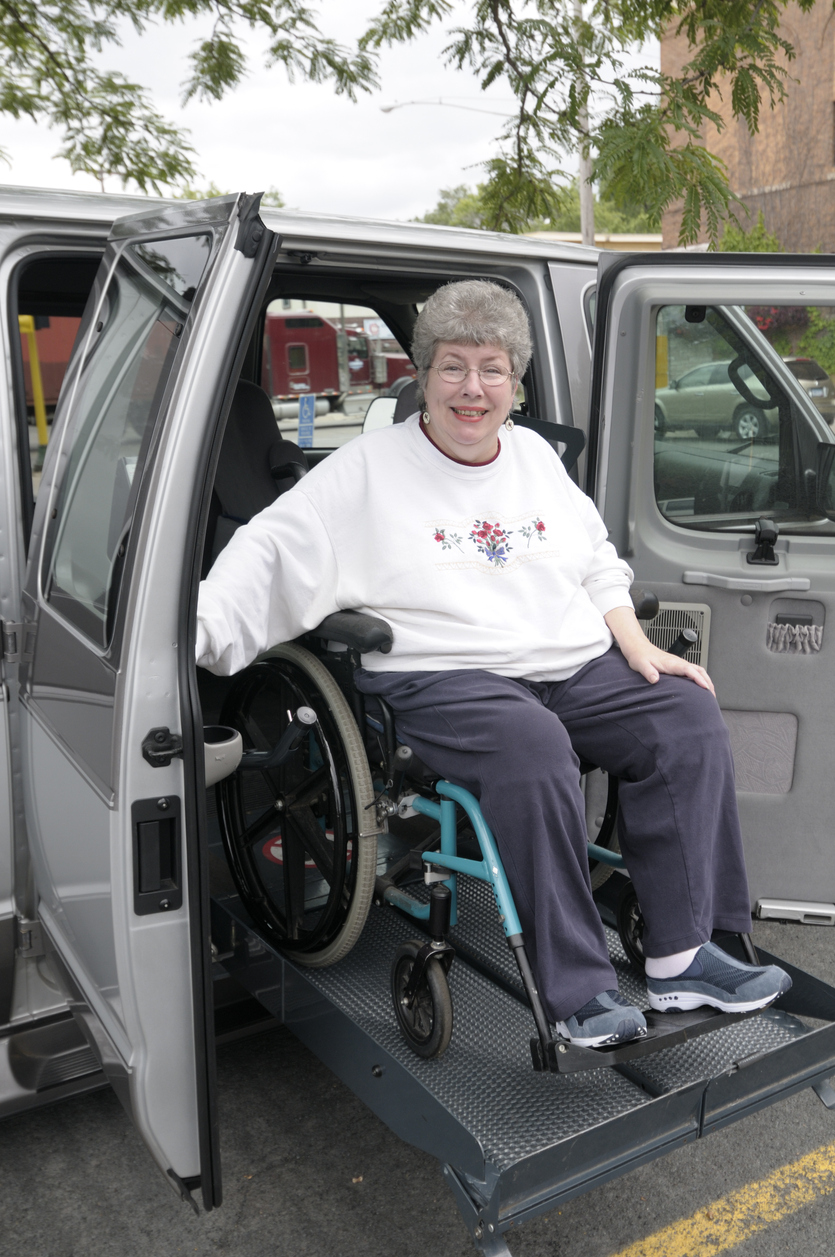Pain
Multiple Sclerosis Pain

Is pain a symptom of multiple sclerosis?
Initially, pain was not recognized as a symptom of multiple sclerosis (MS). Neurologists classified sensory sensations like numbness, itching and tingling as symptoms of MS, but pain was not considered in the spectrum of symptoms. However, pain is now recognized as a symptom of MS; in some cases, pain is the primary symptom and can affect well-being and functionality.
Types of multiple sclerosis pain
Multiple sclerosis pain is classified into two main categories: neuropathic and musculoskeletal. MS neuropathic pain occurs because of the damage to the myelin sheaths surrounding the nerves; damaged nerves become inflamed and misfire, causing neuropathic pain. MS musculoskeletal pain is the result of weakness, stiffness or other mobility problems associated with MS. Both neuropathic and musculoskeletal pain can either be acute (rapid, short duration) or chronic (gradual, persistent).
Neuropathic pain
Neuropathic pain associated with multiple sclerosis occurs when the nerves become inflamed or misfire due to the damage done to the myelin sheaths (the hallmark of MS). The nerve signals may jump from the intended pathway and spread through connecting nerves. This is also known as nerve excitability. It can cause the nerves of the brain and spinal cord to become agitated. The irritated nerves can result in shooting pains.
Several types of neuropathic pain are associated with multiple sclerosis:
- Trigeminal neuralgia
Trigeminal neuralgia is a facial pain syndrome and is a common condition experienced with multiple sclerosis. It causes electric, sharp, jabbing pain that is typically felt on only one side of the face, usually on a cheek. It generally lasts for just a few seconds, but the pain is quite severe and can occur numerous times in one day. Chewing, touching the face, and a slight breeze against the face can trigger the pain. - Paroxysmal spasms
Paroxysmal spasms involve sporadic, painful tightening of muscles, such as in an arm or leg. These spasms can periodically occur day or night. - Lhermitte’s sign
Lhermitte’s sign is a specific type of neuropathic pain that up to 40% of people with MS experience. It involves a brief shocking sensation that shoots from the back of the head, down the spine and into the arms or legs when the neck is bent forward. - Dysesthesias
Dysesthesias refer to burning sensations that affect the feet, arms, legs and chest. These painful sensations can be very uncomfortable but are not dangerous. The burning sensation is referred to as dysesthetic pain, and it may be accompanied by uncomfortable tingling and or the sensation of tightening. - MS hug
An MS hug involves a tightening sensation around the torso. This occurs due to damage to the spine from MS. - Spasticity
Spasticity involves the stiffening or tightening of muscles due to misfiring of the nerves.
Musculoskeletal pain
This type of multiple sclerosis pain is less intense than MS neuropathic pain, but it tends to last longer. Various symptoms of MS — weakness, stiffness, spasticity, and coordination problems — have the potential to lead to this type of pain. Lack of mobility can compound musculoskeletal pain.
Rather than pain resulting directly from the damaged nerves, MS-related musculoskeletal pain is the result of the body compensating for the symptoms of MS. For example, MS-related musculoskeletal pain is often caused by favoring one side of the body (due to weakness or stiffness). MS-related neuropathic pain or muscle spasticity can lead to musculoskeletal pain.
MS-related musculoskeletal pain presents in various ways:
- Neck and back pain
Some individuals with multiple sclerosis experience back or neck pain that is moderately severe, causing stiffness and aching sensations. - Compensation pain
Spasticity that occurs with MS can alter the gait, which can strain the joints. This can cause pain in the ankles, knees, hips and back. - Other types of pain
Some individuals with MS experience pain in other locations, most commonly the hips and shoulders.


















